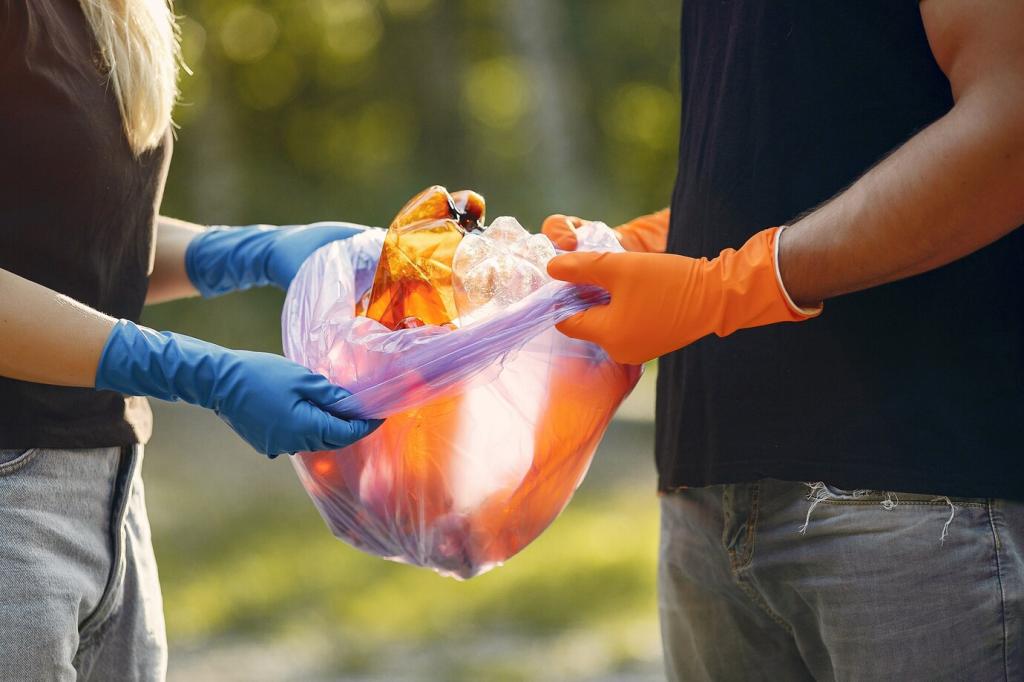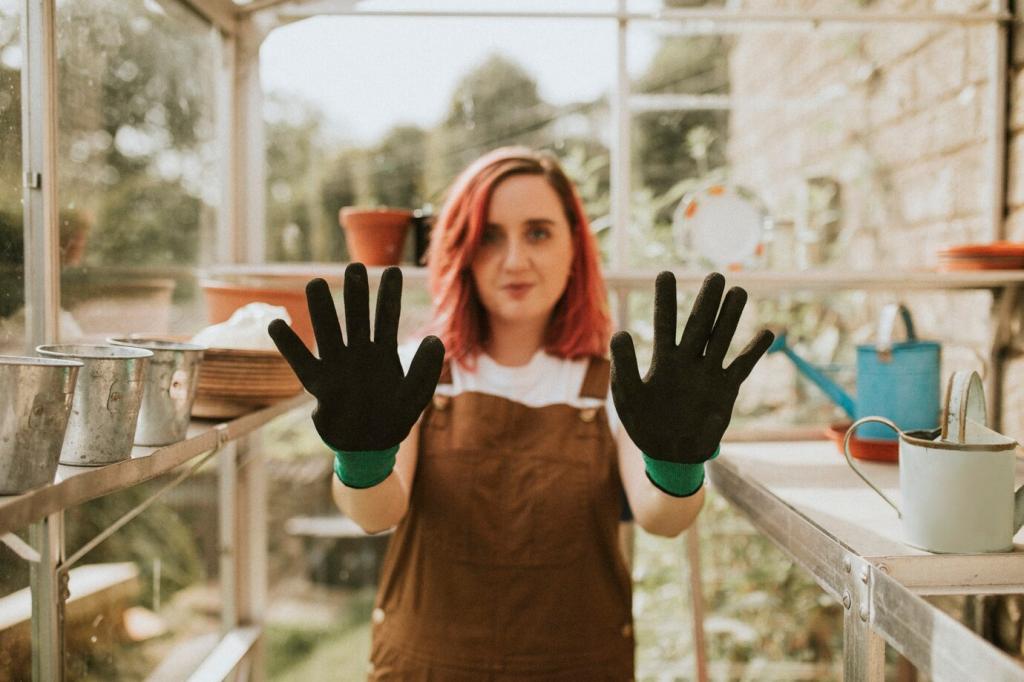Finish-Safe Strategies for Long-Term Beauty
Dust frequently and clean with diluted castile soap, then dry thoroughly. Avoid acidic mixtures like straight vinegar, which can haze or dull sheen over time. Finish with a breathable polish only when necessary, not habitually.
Finish-Safe Strategies for Long-Term Beauty
Use minimal water and recondition periodically with a thin layer of plant oil and natural wax. Allow full cure before everyday use. This builds a resilient, repairable surface that ages gracefully without stripping or heavy solvents.







